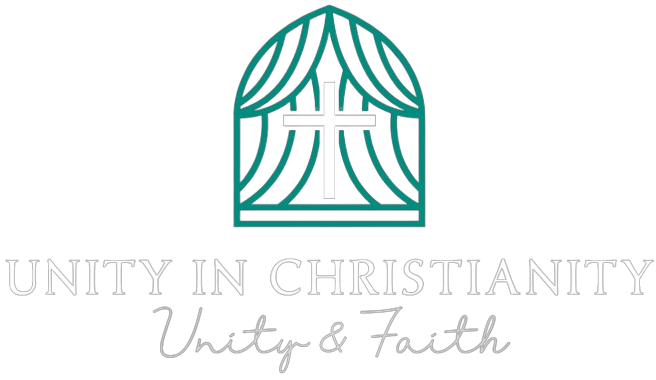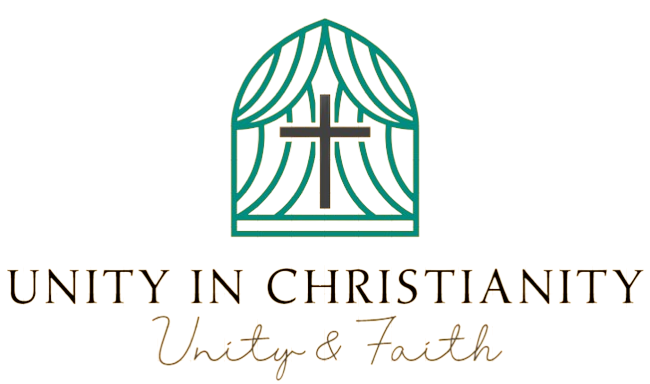SAFEGUARDING professionals across the Church of England have urged the General Synod’s members to not back a proposal to outsource their work to a latest national body.
In a letter sent on Wednesday and signed by 106 members of diocesan and cathedral staff, they argue that transferring frontline diocesan safeguarding to a latest body risks making safeguarding provision within the C of E worse, owing to the disruption of the method and the creation of additional bureaucracy.
The letter was sent upfront of the Synod’s meeting in London next week, at which members will debate two options for the longer term structure of church safeguarding (News, 31 January). The option advisable by the lead bishop for safeguarding, the Bishop of Stepney, Dr Joanne Grenfell, is referred to as Model 4. It is this selection that the letter criticises.
The alternative, Model 3, would move the National Safeguarding Team to a latest external body, but keep local teams within the employment of the dioceses. Both models would involve the creation of a latest independent scrutiny body, which the letter supports.
The signatories — which include not less than one member of safeguarding staff from 90 per cent of dioceses — write that they aren’t opposing Model 4 out of self-interest. Their jobs aren’t in danger, they are saying, because it has been guaranteed that these can be transferred to any latest body. A national structure might increase promotion opportunities.
“We haven’t written and signed this letter because we’re concerned about our jobs, but because our priority is, and at all times has been, the protection of youngsters and adults within the Church of England,” they write.
Model 4, they suggest, “could also be inherently less secure” than the present structure wherein safeguarding teams are employed by the relevant cathedral Chapter or diocesan board of finance.
“Detaching the Church of England’s safeguarding staff from their current employers will almost inevitably create additional barriers to communication and cooperation, harming service delivery. Given that ‘service delivery’ on this context involves protecting children and vulnerable adults, any barriers in any way could have probably the most serious consequences,” the letter says.
“There is little question that transferring staff from 85 current employers to 1 yet-to-be-created employer will likely be destabilising, expensive, and prone to take far longer than expected,” the letter argues. “No other equivalent organisation within the UK employs its safeguarding staff in a separate body.”
It continues: “The disruption to recruitment and retention of staff, to existing relationships, and to morale can be considerable. Moreover, latest structures bring latest problems: a big national organisation is not less than as prone to multiply layers of management because it is to enhance frontline service delivery.”
In a Synod paper published last month, and in a subsequent interview with the Church Times, Dr Grenfell suggested that achieving consistency of practice across the dioceses was a key reason for pursuing Model 4.
The signatories to Wednesday’s letter agree that consistency is very important, but suggest that Model 4 isn’t the very best strategy to achieve this. They consult with the event of safeguarding codes of practice and national standards, and the employment of “Regional Safeguarding Leads”, as evidence of how changes are already happening to standardise safeguarding provision across the country.
Their letter also seeks to place Professor Alexis Jay’s recommendations for the Church into the context of her transient, which was, they are saying, to set out “a roadmap for independent operational delivery of safeguarding”. The “destination” was chosen by the Archbishop of Canterbury, they write, and Professor Jay was not asked to analyse whether this was the very best option for the Church.
The signatories set out what they describe as a “higher way forward”: for money from the central Church to be invested in front-line safeguarding services. “The era of under-resourced frontline safeguarding teams must end,” they write.
A change to the terms under which clergy serve can be needed, they write, because canon law currently leaves safeguarding staff without “the tools they should manage risk”.
Central to their argument is that the purpose that operational safeguarding within the Church isn’t fundamentally broken, but in a technique of regular improvement. Work is required to extend consistency, and to be certain that there may be adequate independent scrutiny, but these goals could be achieved without radical upheaval, their letter argues.
Low public trust within the Church, they acknowledge, mustn’t be a reason for overhauling safeguarding structures that could be more reliably improved with piecemeal changes which are already in progress. “Whilst public confidence is very important, putting perception above practice is at the center of most of the Church of England’s safeguarding failures. The Church must not repeat that error here,” they tell the Synod’s members.


